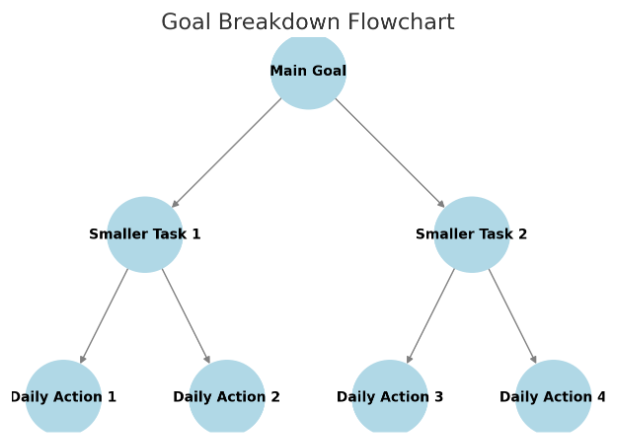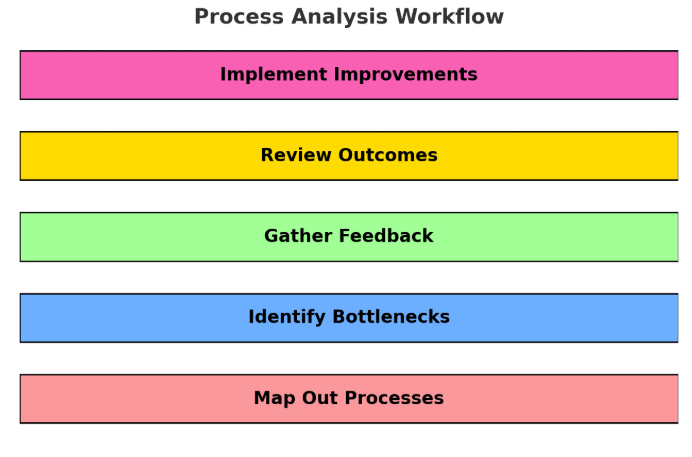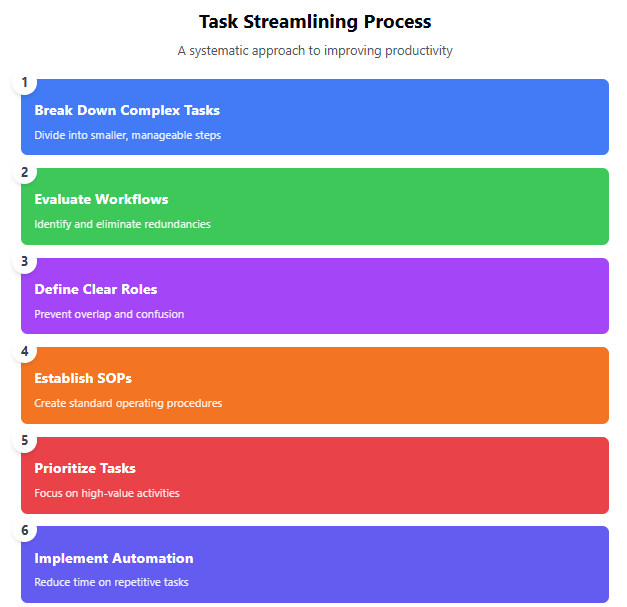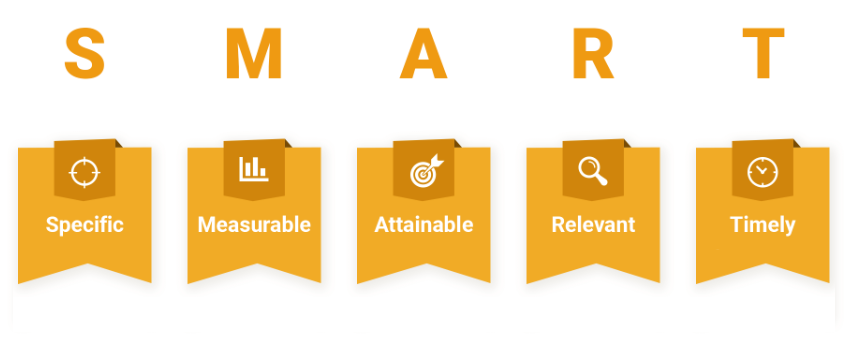Strategic Time Management: How to Build Systems That Save You Time & Boost Productivity
You know that feeling when your to-do list just keeps growing? The best way to keep things under control is to build systems that support strategic time management.
Lets take a closer look
Identify Your Goals for Strategic Time Management
To build efficient systems, you need to identify clear goals and then examine your current processes. This forms the foundation for creating productive systems that align with your desired outcomes.
Reflect on what you truly want to achieve in both your personal and professional life. Think about short-term and long-term goals, as these will guide your productivity strategies.
.

Grab a pen and write down these goals. By putting them in writing, you solidify your intentions and create a reference point. Make sure you have SMART goals (Specific, Measurable, Achievable, Relevant, Time-bound), which will help you track progress and maintain motivation.
Once you’ve outlined your goals, break them down into smaller, actionable steps. This makes them more manageable and less overwhelming. For example, if your goal is to improve your skills, list specific actions like taking a course or practicing regularly.
Keep in mind: Life changes, and so can your aspirations, so regularly review your goals and adjust them as necessary.
By identifying and refining your goals, you create a clear roadmap which is essential for building effective systems that boost your time management and productivity.
Do your personal goals align with important business goals? If so, this will streamline your efforts and boost productivity.
Analyze Current Processes to Improve Efficiency
Evaluating your current processes is key for identifying areas where improvements can be made. By analyzing how you currently work, you can identify bottlenecks, redundant tasks, and automation opportunities..

Points to guarantee a thorough evaluation:
- Map Out Workflows: Visually document your existing workflows: step-by-step. This visual representation will help you see the entire process clearly.
- Identify Bottlenecks: Find tasks that slow down productivity and optimize them.
- Gather Feedback: Consult with team. Gathering team feedback can reveal issues you might overlook.
- Review Outcomes: Compare current results against goals to measure effectiveness. You may also want to consider implementing task management tools or automated workflows to reduce manual effort and improve efficiency.
Simplify and Streamline Tasks for Maximum Productivity
After identifying inefficiencies in your current processes, the next step is simplify tasks to improve productivity.
Start by breaking down complex tasks into smaller, bite size, manageable steps which not only makes the work less intimidating but also clarifies what needs to be done at every step of the way.
Next you want to evaluate your workflows looking for overlapping responsibilities or unnecessary steps that can be eliminated completley.
When multiple people are involved in a task, clearly define roles to avoid confusion, overlap, and redundancy.

An effective strategy you can use is to establish standard operating procedures (SOPs). Documenting the steps for routine tasks creates consistency that allows you to better train others. You’ll find that having a clear guide reduces the time spent figuring out how to proceed.
You should also look to prioritize tasks based on their impact. Focus on high-value tasks that contribute directly to your goals and consider delegating lower-priority tasks. Implementing automation tools can also boost your efficiency by reducing the time spent on repetitive tasks.
Simplifying and streamlining tasks is an ongoing effort that can lead to significant time savings and improved productivity in the long run.
Leverage Technology Tools for Better Workflow Management
Automation and digital tools play a key role in strategic time management. Integrating the right software into your daily routine can streamline workflows and eliminate time-wasting tasks.
Here are four tools you may want to try out:
Task Management
Use tools like Trello or Asana to organize tasks, set deadlines, and track progress helping keeping you accountable, and guarantees nothing falls through the cracks.
Communication
With Slack or Microsoft Teams you can facilitate instant communication with your team reducing email clutter and speeds up decision-making processes.
Cloud Storage
Google Drive or Dropbox: Use these to store and share files securely assuring that your documents are accessible by your team from anywhere.
Time Tracking
Employ tools like Toggl or Harvest to monitor how you spend your time. Understanding your time usage helps you to identify areas for improvement and boosts focus.
Implement Time Management Techniques for Smarter Work
Effective time management techniques are essential for maximizing productivity and achieving your goals.
One effective method is the Pomodoro Technique, where you work in focused intervals, typically 25 minutes, followed by a short break. This approach helps maintain concentration and prevents burnout.
Another popular technique is the Eisenhower Matrix which involves categorizing tasks into four quadrants based on urgency and importance, allowing you to focus on what truly matters.
Setting SMART goals: “Specific, Measurable, Achievable, Relevant, and Time-bound” — can also improve your time management skills. You’re more likely to stay on track and measure your progress if you clearly definine your objectives,
Block out specific times in your calendar for deep work. This practice reduces distractions and creates a routine that supports productivity.
Lastly, don’t forget to review your day or week. Reflecting on what you accomplished and where you struggled allows you to adjust your techniques for better results moving forward.
Monitor and Adjust Systems for Continuous Improvement
To guarantee your productivity systems remain effective, it’s important to regularly monitor and adjust them accordingly. Consistently evaluating how well your systems function can help you identify areas for improvement.
Here are four key steps to take into account:
Step 1: Track Performance: Keep a record of how your systems perform over time. Look for patterns in productivity and time usage, noting any recurring issues.
Step 2: Gather Feedback: Ask for input from team members or peers who can provide valuable insights on what’s working and what isn’t.
Step 3: Set Review Intervals: Regular assessments can help you stay proactive rather than reactive so establish weekly, monthly, or quarterly intervals for reviewing your systems.
Step 4: Be Flexible: Don’t hesitate to make changes. If a system isn’t yielding the results you wanted, be willing to adjust or even completely overhaul it.
Cultivate a Productivity-Driven Mindset
How can you foster a mindset that improves your productivity? You need to define what you want to achieve both in the short and long term. This clarity helps you stay focused and motivated.
Break larger tasks into smaller, manageable steps which not only makes challenging projects feel achievable but also allows you to celebrate small wins along the way.
Consistency is key in developing habits that boost productivity so you’ll want to practice self-discipline. Establish routines that align with your goals, and stick to them.
You need to understand that challenges are opportunities for learning and improvement. When you encounter setbacks, analyze them and adjust your strategies rather than becoming discouraged and put off.
Limit distractions in your environment. Create a workspace that promotes focus, and identify what interrupts your workflow, because by recognizing these distractions, you can take steps to minimize their impact.
For any of this to work, you need to prioritize self-care. Adequate rest, exercise, and breaks can greatly improve your cognitive function and make you more productive when you revisit your projects.
Conclusion
Strategic time management is essential for building systems that save time and boost productivity.
By identifying clear goals, analyzing current processes, and simplifying tasks, you create a more efficient workflow. Regularly monitoring and adjusting these systems at the same time as keeping a productive mindset is key for sustained performance.
Follow these steps and you can markedly improve your efficiency and achieve your objectives with precision.


